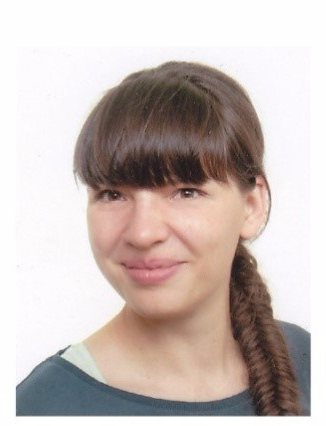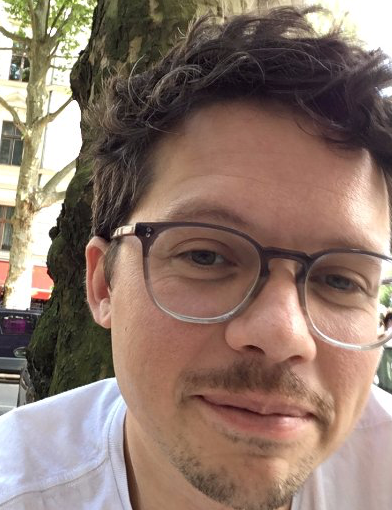![]() High-tech has already arrived in agriculture. Modern agricultural machinery and geographic information systems make precision farming possible. An important aspect in crop production is the basic fertilization with nutrients and additives. The pH value can already be determined in a small scale and during the crossing of a tractor with specific sensors. For essential macronutrients like phosphorus, on-site soil sampling as well as complex and cost-intensive determination of the content in the laboratory are still necessary. Phosphorus content depends on chemical and physical soil conditions. If these conditions are known, the content of phosphorus can be estimated. This paper provides extracts from a research project on how neural networks help to estimate local phosphorous content for fertilization by learning those nonlinear multilateral relationships in the soil.
High-tech has already arrived in agriculture. Modern agricultural machinery and geographic information systems make precision farming possible. An important aspect in crop production is the basic fertilization with nutrients and additives. The pH value can already be determined in a small scale and during the crossing of a tractor with specific sensors. For essential macronutrients like phosphorus, on-site soil sampling as well as complex and cost-intensive determination of the content in the laboratory are still necessary. Phosphorus content depends on chemical and physical soil conditions. If these conditions are known, the content of phosphorus can be estimated. This paper provides extracts from a research project on how neural networks help to estimate local phosphorous content for fertilization by learning those nonlinear multilateral relationships in the soil.

Michael Marz is a sales engineer at Esri Deutschland GmbH. Previously, he was a scientific staff member at the University of Halle and conducted research in the thematic field of efficient crop production with focus on fertilization and self-learning algorithms.




 The European project ENERGIC-OD (European Network for Redistributing Geospatial Information to user Communities – Open Data) address the heterogeneity of GI world and the lack of the single system which could satisfy the different user-requirements in world of geoinformation. The adopted approach is by utilising a brokering architecture and deploying a set of virtual hubs and a single point of access to geospatial datasets. This approach facilitates the development of multidisciplinary applications, based on full exploitation of open GI.
The European project ENERGIC-OD (European Network for Redistributing Geospatial Information to user Communities – Open Data) address the heterogeneity of GI world and the lack of the single system which could satisfy the different user-requirements in world of geoinformation. The adopted approach is by utilising a brokering architecture and deploying a set of virtual hubs and a single point of access to geospatial datasets. This approach facilitates the development of multidisciplinary applications, based on full exploitation of open GI.